Choosing the right cat litter might seem like a small detail in pet care, but it can significantly affect your cat’s comfort, your home’s cleanliness, and your daily routine. Whether you’re managing one cat or several, dealing with odor, or looking for eco-friendly solutions, there’s a litter type that fits your priorities.
In this article, we explore over 15 types of cat litter—ranging from classic clumping clay to biodegradable alternatives—to help you find the most suitable match for your household and your feline companions.
Why Litter Choice Matters
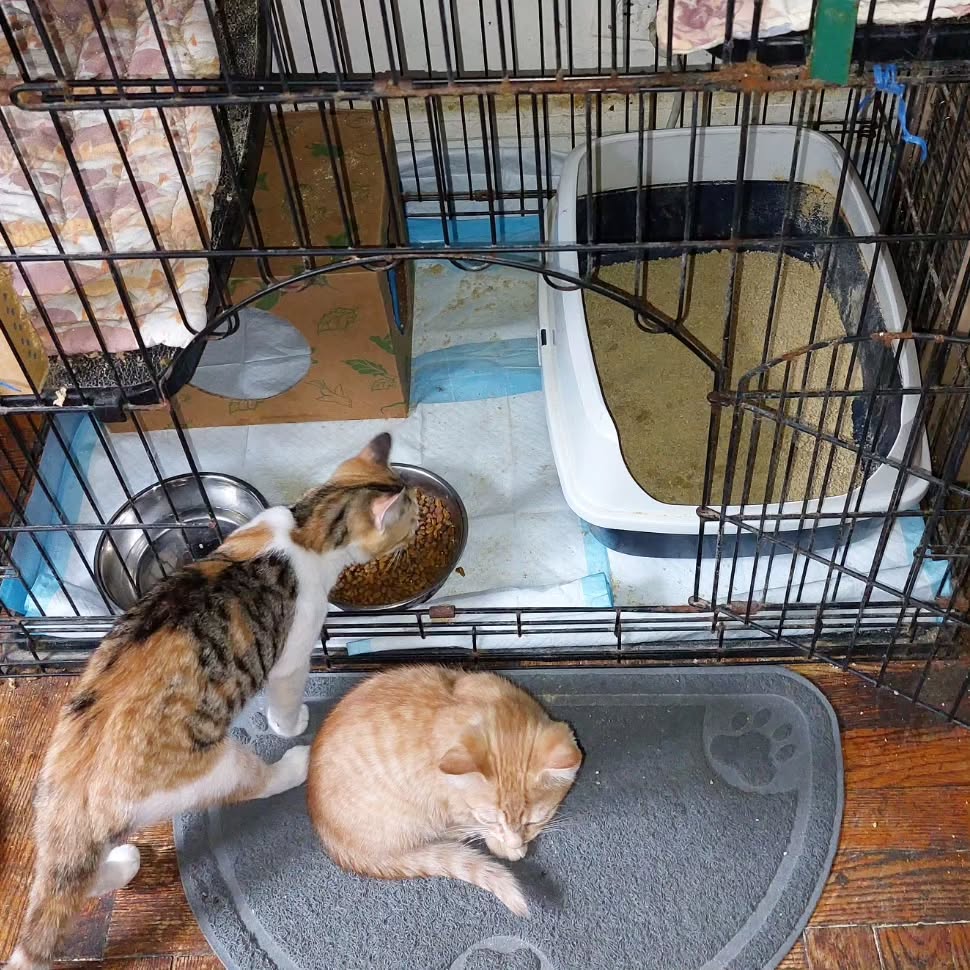
Litter isn’t just about absorbing waste. It also affects your cat’s behavior, your cleaning workload, and even the air quality in your home. Poor litter choices can lead to tracking, unpleasant odors, respiratory issues, and even litter box avoidance.
Key considerations include:
- Odor control
- Dust levels
- Tracking
- Clumping ability
- Texture
- Scent
- Environmental impact
Every home and every cat is different, which is why exploring multiple types can be helpful.
Clumping Clay Litter: A Reliable Staple



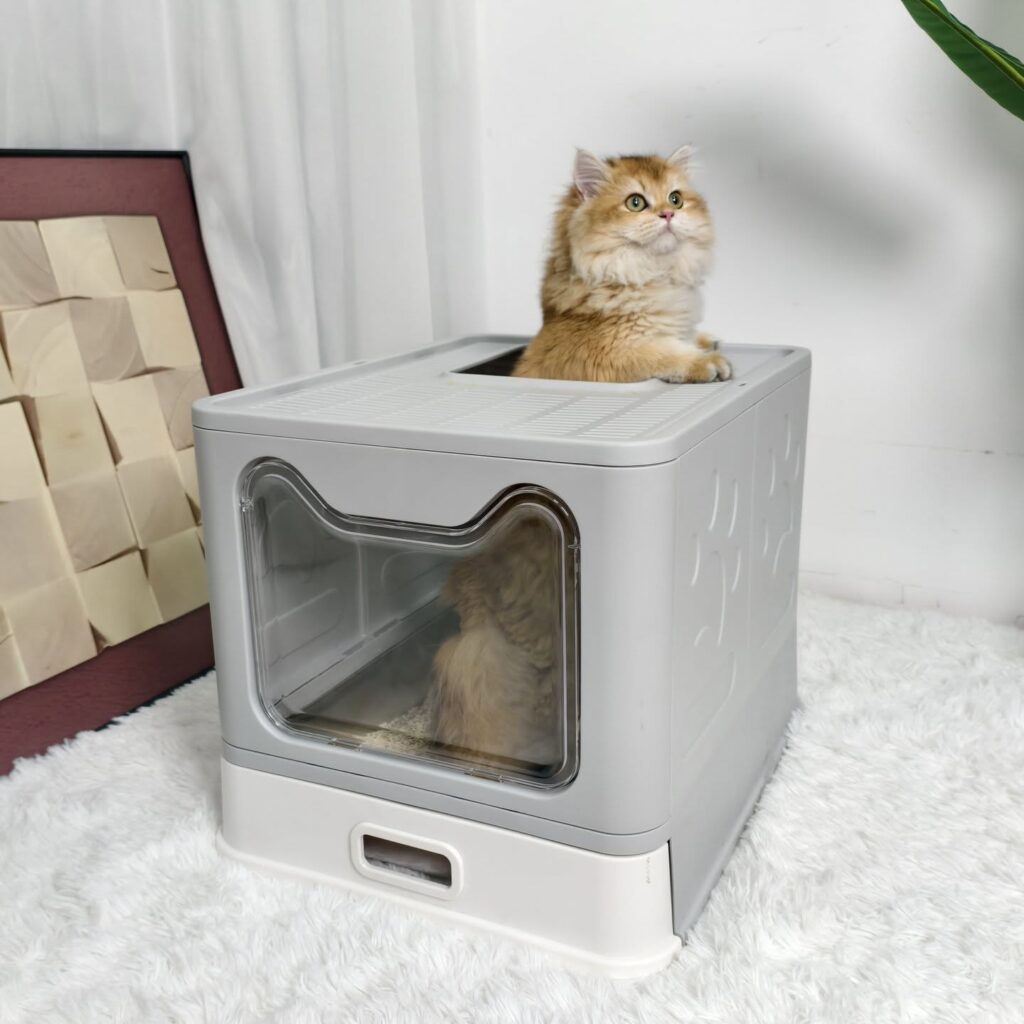
Clumping clay litter is the most common option for good reason. Made from sodium bentonite, it absorbs liquid waste and forms scoopable clumps that make daily cleaning easier.
Benefits
- Strong odor control
- Easy to scoop
- Readily available
- Affordable
Drawbacks
- Can be dusty
- Heavy to carry
- Not biodegradable
Clumping clay works best in households with one or two cats and regular scooping habits. Choose low-dust or unscented versions for more sensitive cats.
Silica Gel or Crystal Litter: Low Maintenance, High Absorbency
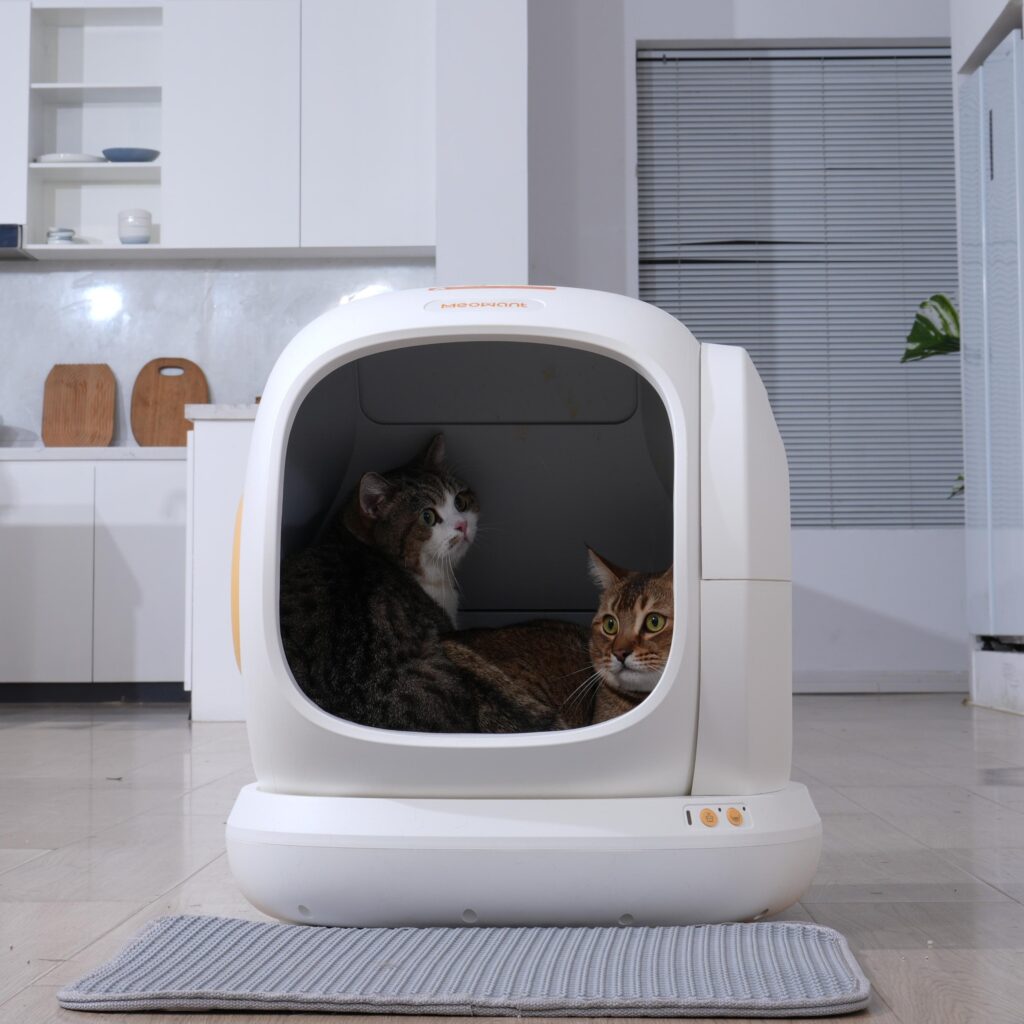
Silica-based litter, often known as crystal litter, is made from tiny porous granules that absorb moisture without forming clumps. It typically stays dry to the touch and controls odor for several weeks.
Benefits
- Minimal dust
- Superior odor control
- Lasts longer without full replacement
Drawbacks
- More expensive
- Some cats dislike the texture
- Not environmentally friendly
Crystal litter is ideal for busy owners who want a low-maintenance box that doesn’t require daily scooping.
Natural and Biodegradable Litters
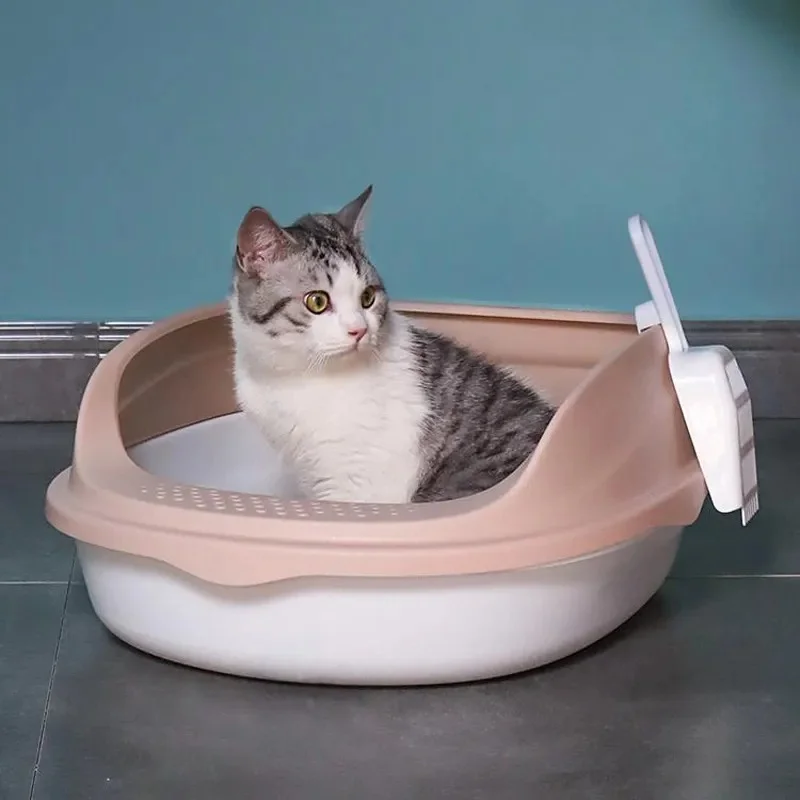
Eco-conscious cat owners are increasingly turning to natural litter options made from renewable or recycled materials. These litters are typically free from chemicals and artificial scents.
Common Materials
- Pine pellets: Great odor control, minimal dust
- Corn: Soft texture, clumping, compostable
- Recycled paper: Soft and safe for kittens or post-surgery cats
- Grass seed: Lightweight, clumps well, biodegradable
Benefits
- Environmentally friendly
- Low chemical exposure
- Safe for kittens and seniors
Drawbacks
- May require more frequent changes
- Clumping can vary by brand
Biodegradable litters offer peace of mind for owners looking to reduce their ecological footprint without sacrificing performance.
Low-Tracking Litter Ideas
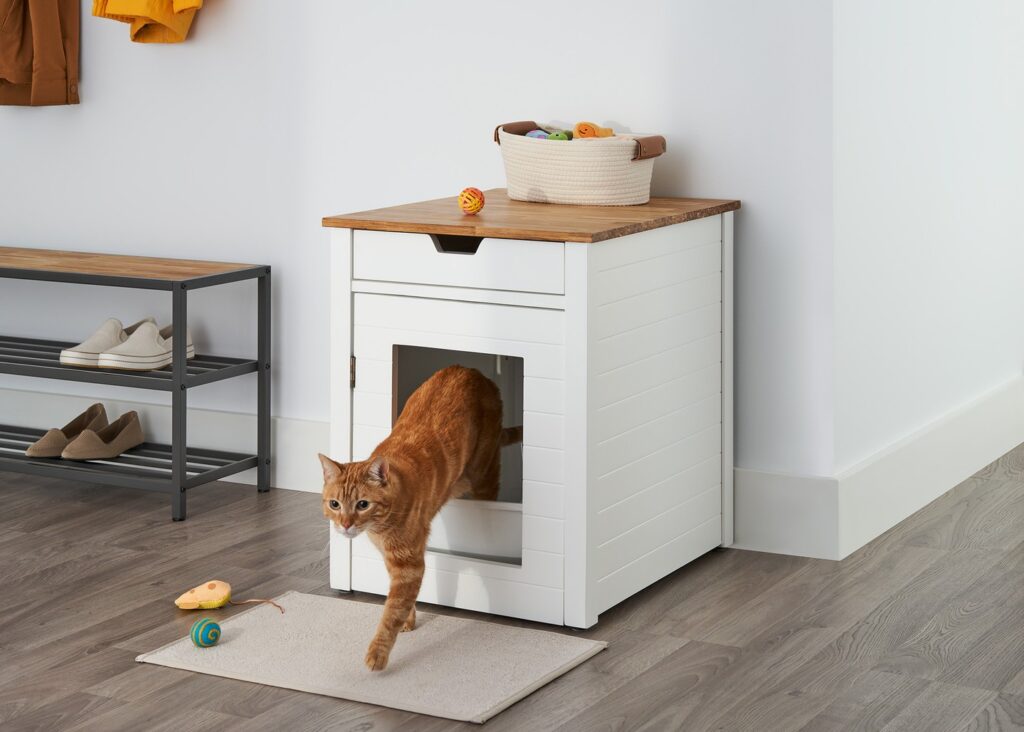
Litter tracking is a common frustration. Some litters are designed with heavier or larger particles to reduce the amount that sticks to your cat’s paws.
Options That Reduce Tracking
- Pellet-style litter (pine, paper, tofu)
- Low-dust clay
- Coated granules that resist sticking
Other ways to reduce tracking include using high-sided boxes, top-entry boxes, or placing a textured mat outside the litter area.
Multi-Cat Formulas for Higher Demand
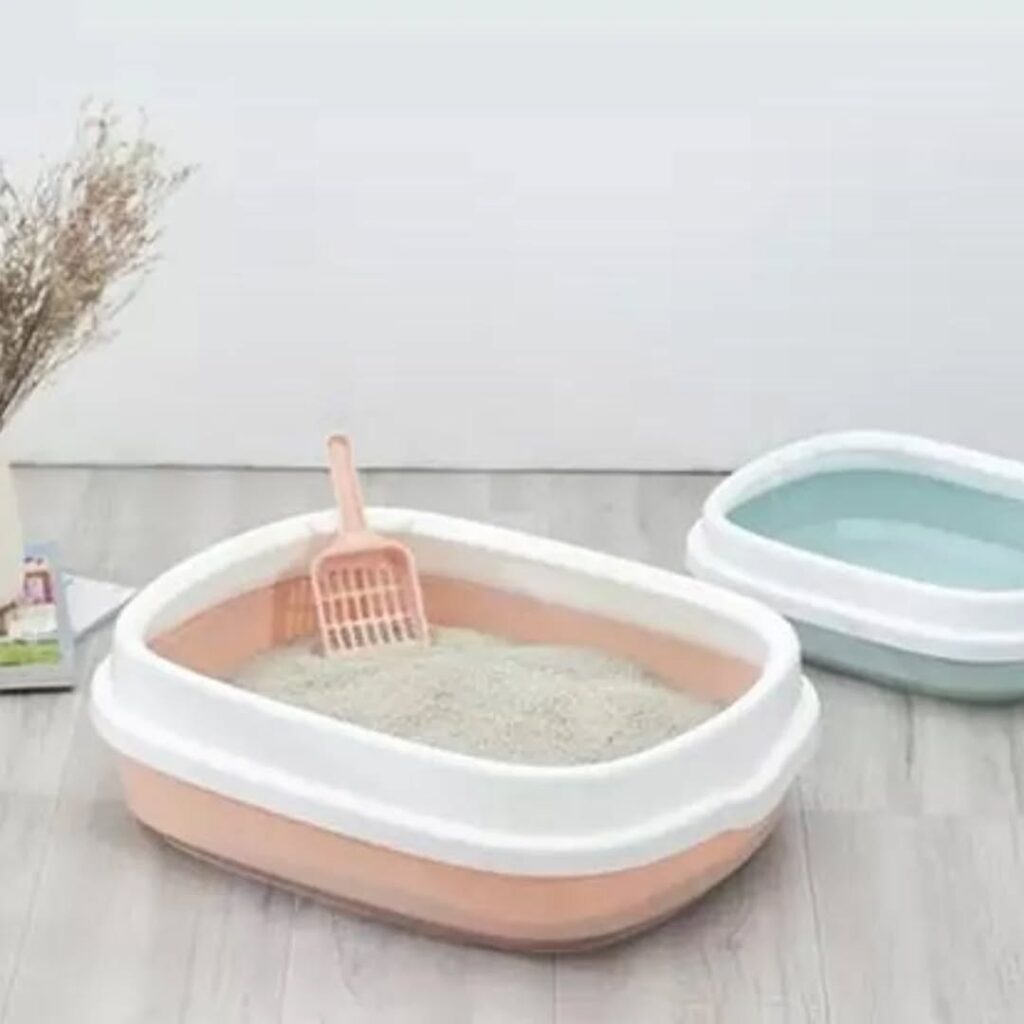
When more than one cat uses the same box, the litter needs to work harder. Multi-cat formulas are designed with stronger clumping action and added odor-control agents like baking soda or activated carbon.
Best Features to Look For
- Quick clumping
- Long-lasting odor control
- Fast absorption
- Antibacterial or ammonia-blocking properties
These litters are especially useful in small spaces where litter boxes are close to living areas.
Scented vs. Unscented Litter: What’s Better?
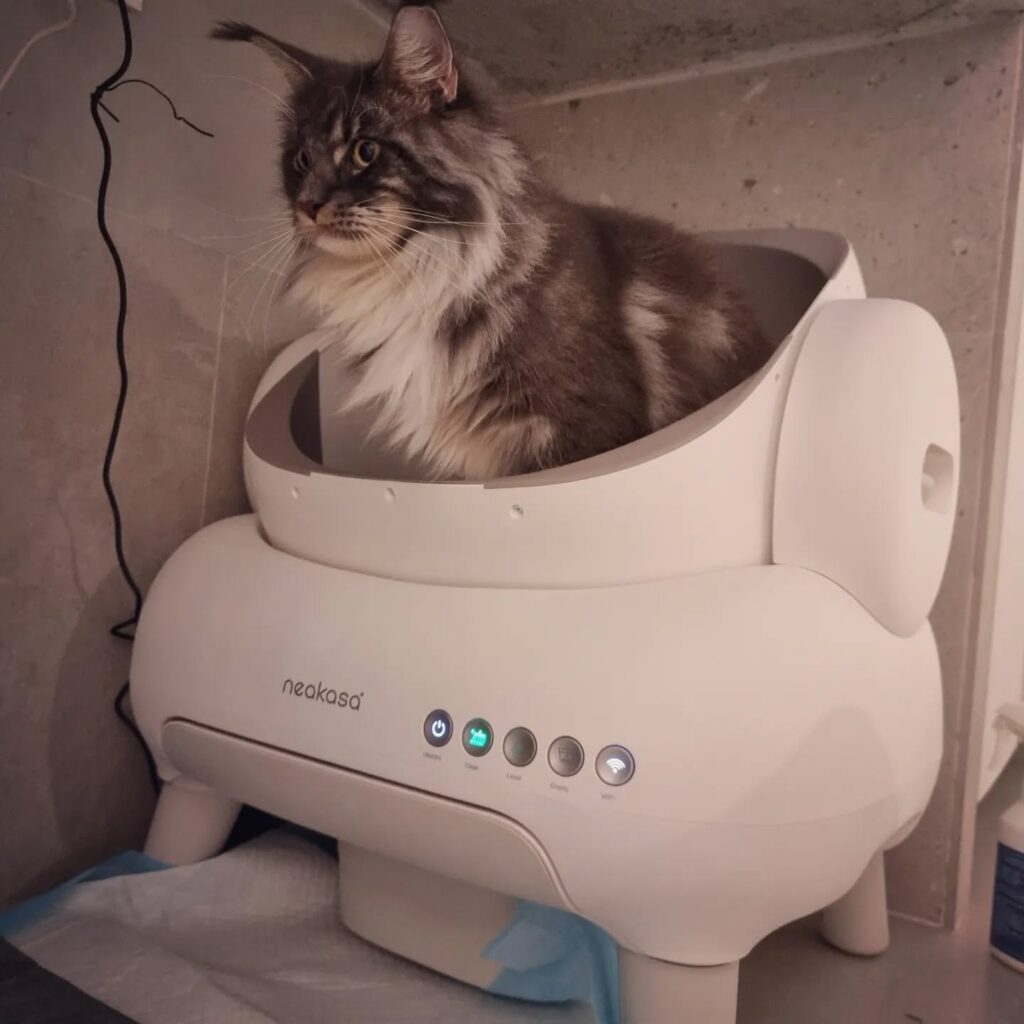
Choosing between scented and unscented litter depends on your sensitivity—and your cat’s. While fragrance can help mask unpleasant odors, some cats avoid strongly scented litters.
Scented
- Useful in multi-cat homes
- Available in clay and crystal formulas
- Often includes baking soda or activated charcoal
Unscented
- Preferred by most cats
- Better for allergies or respiratory issues
- Reduces risk of box avoidance
If you’re unsure, it’s safer to start with unscented litter and observe how your cat reacts.
Specialized Litter for Kittens and Seniors

Cats in different life stages often need gentler litter options.
For Kittens
- Avoid clumping formulas (risk of ingestion)
- Use soft-textured, non-toxic litter
- Paper-based or pellet litters are ideal
For Senior Cats
- Use soft, fine litter that’s easy on the paws
- Ensure low dust to support respiratory health
- Choose boxes that are easy to enter and exit
Adjusting the type of litter based on age and mobility makes the box more inviting and reduces stress for your cat.
Convenience-Focused Litters
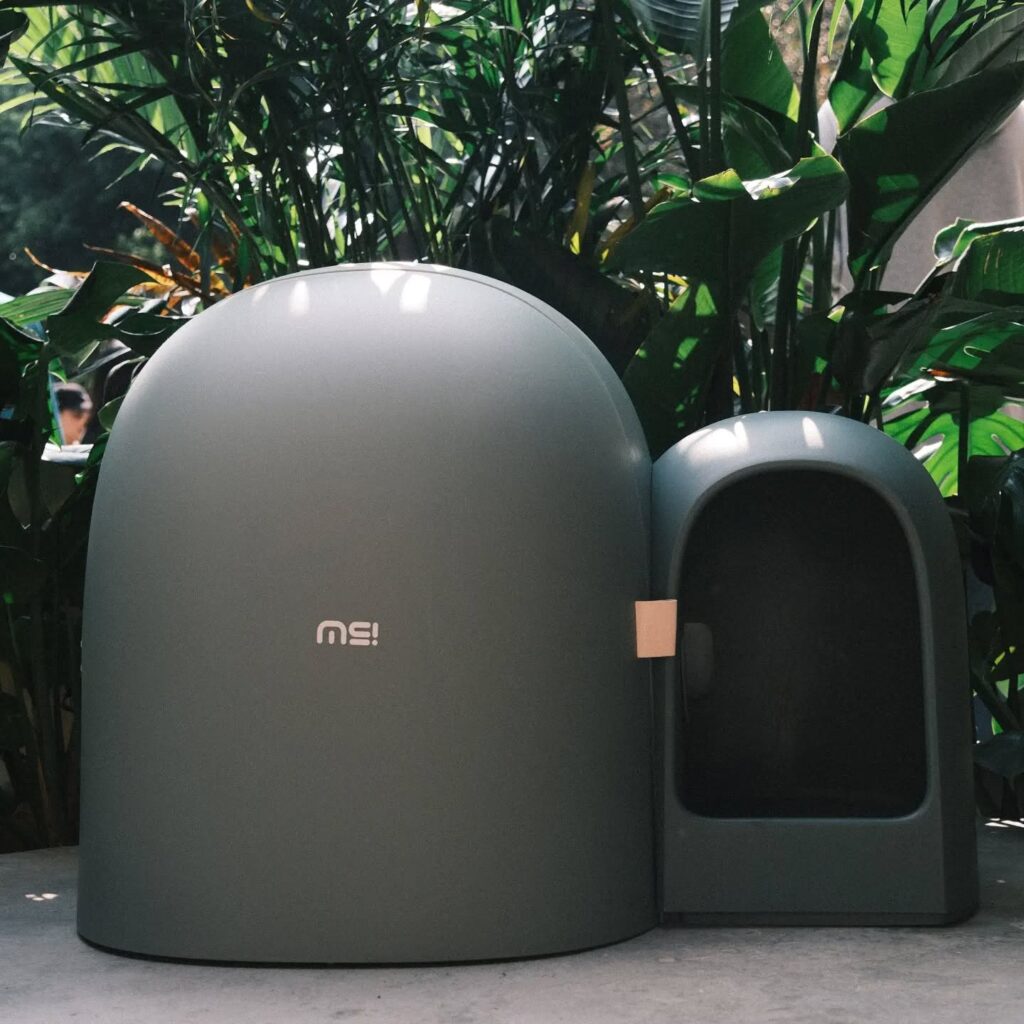
Some litters are formulated to make your daily routine faster and cleaner. These are designed to reduce odor quickly, lock in moisture, and require less frequent changes.
Look for Features Like:
- Moisture-locking crystals
- Clump-sealing formulas
- Flushable or lightweight materials
- Built-in deodorizing agents
These options work well for pet parents with busy schedules or anyone looking to minimize litter-related tasks.
Best Practices for Maintenance
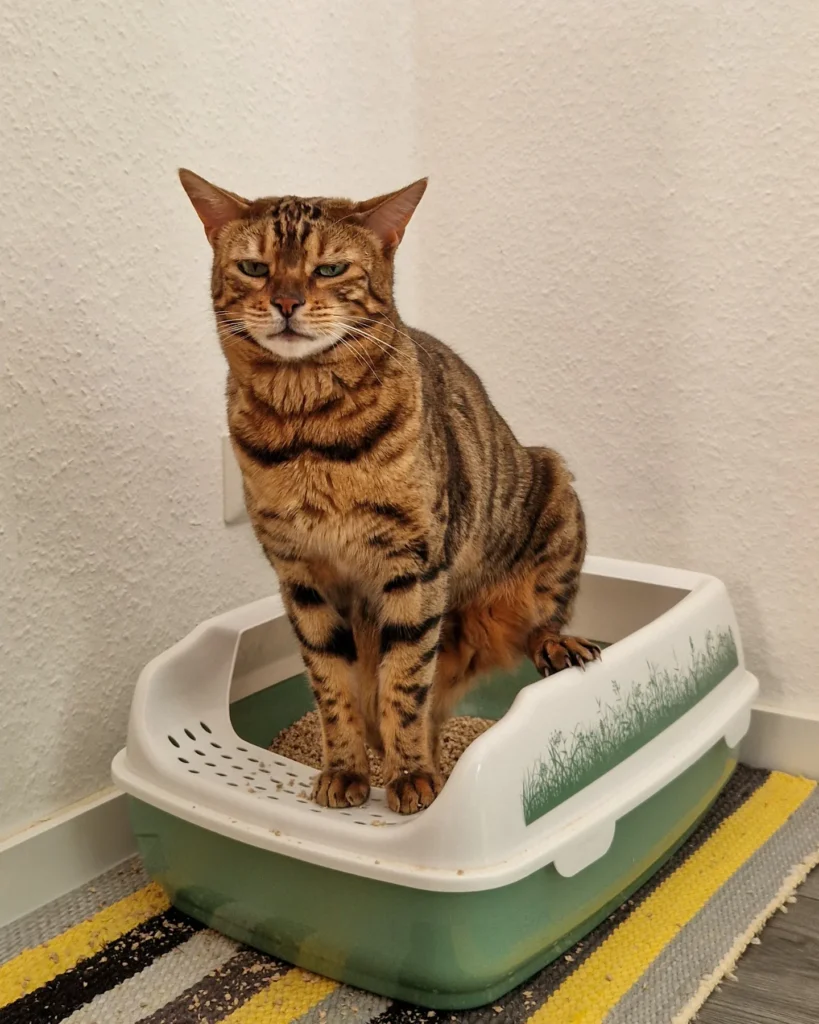
Even with the best litter, how you maintain the box matters.
Daily Tasks
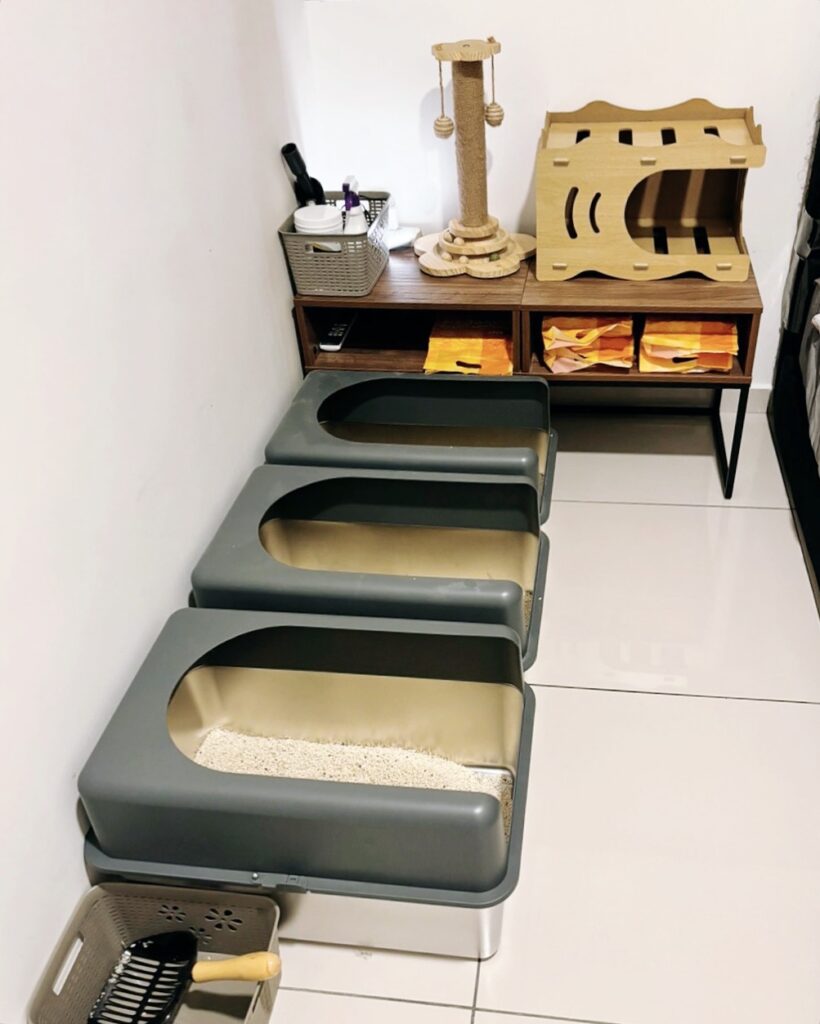
- Scoop solid waste and clumps
- Stir remaining litter to prevent damp patches
Weekly Tasks
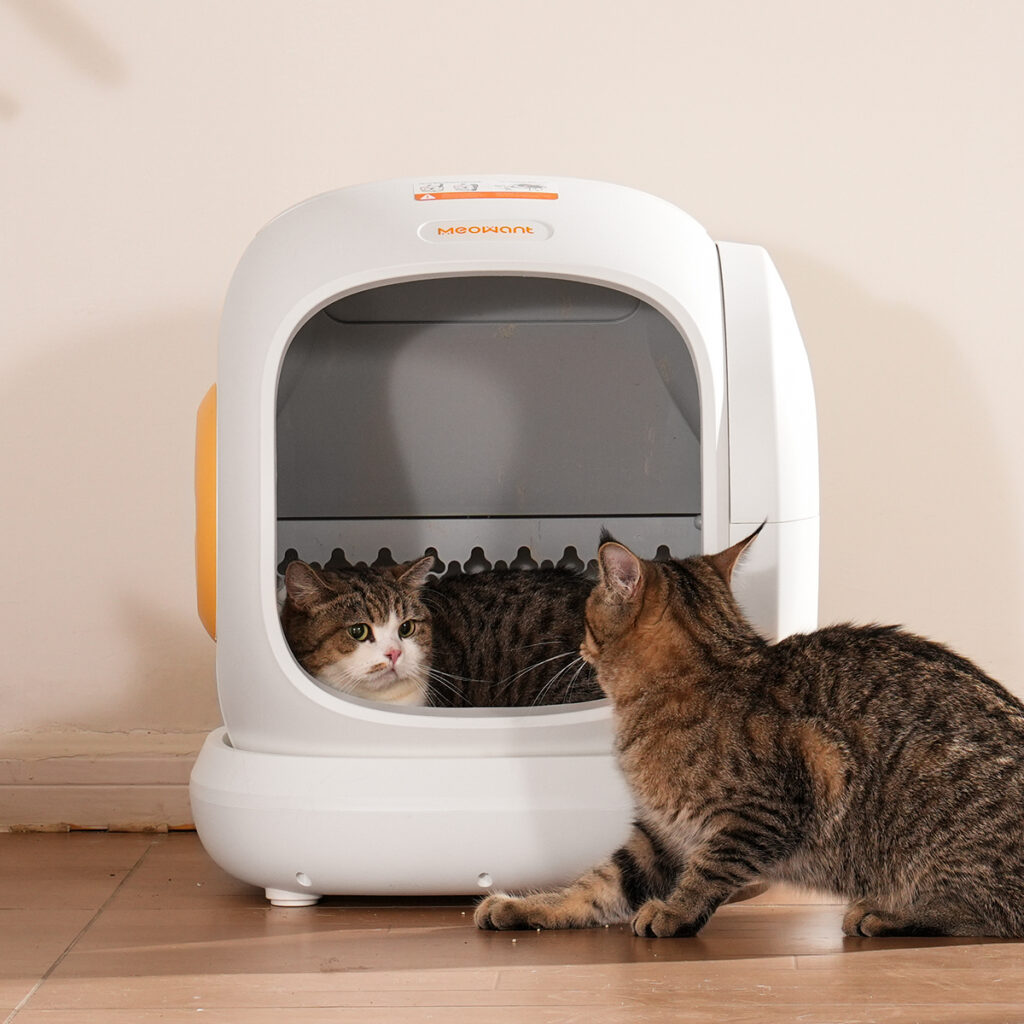
- Add fresh litter as needed
- Wipe down box edges
Monthly Tasks
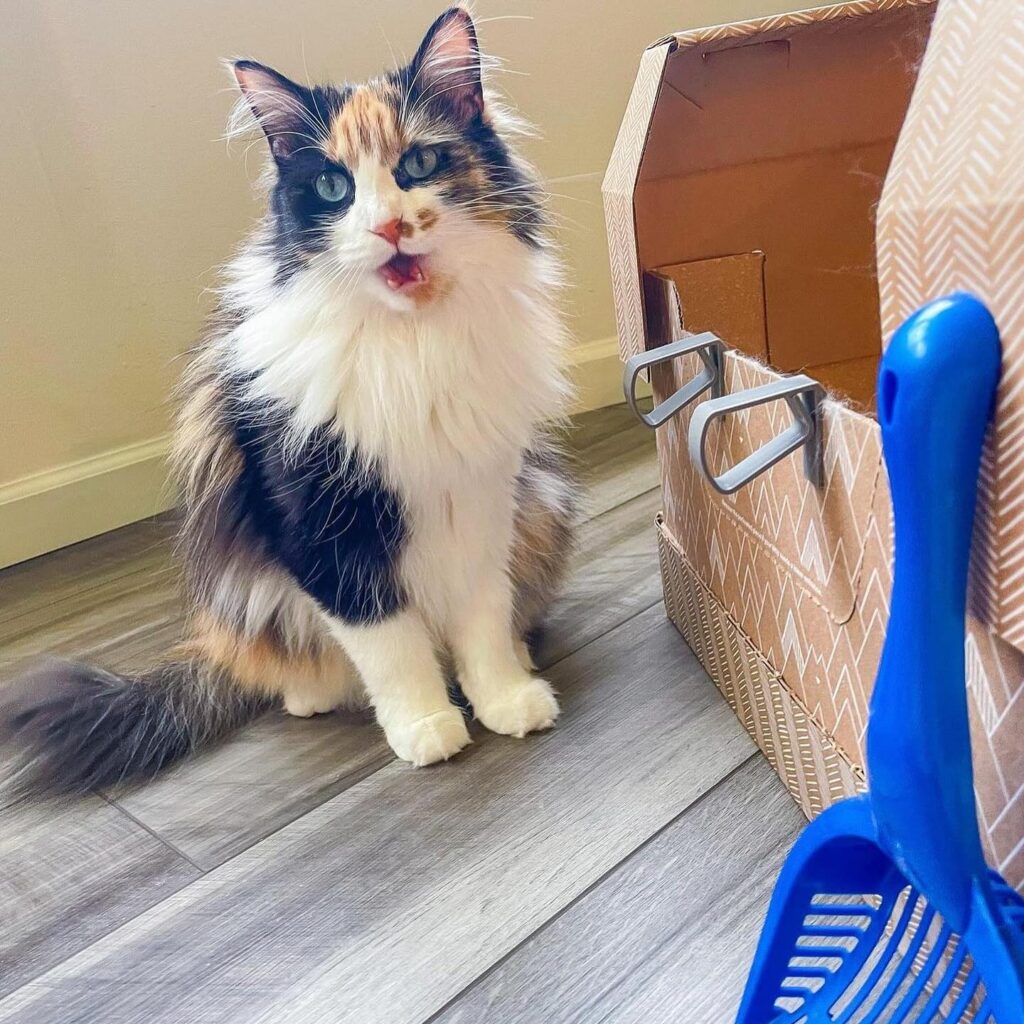
- Fully empty and wash box with mild soap
- Refill with fresh litter
Keeping a clean litter box ensures your cat continues to use it regularly and keeps odors at bay.
Final Thoughts
Finding the right cat litter is a balance between your cat’s preferences and your cleaning habits. From clumping clay to biodegradable materials, every type has its own strengths. Some prioritize odor control, others environmental impact or ease of cleanup.
The best approach is to try different types and observe your cat’s comfort, the ease of maintenance, and the cleanliness of your space. With the right litter, the box becomes a routine, not a chore.


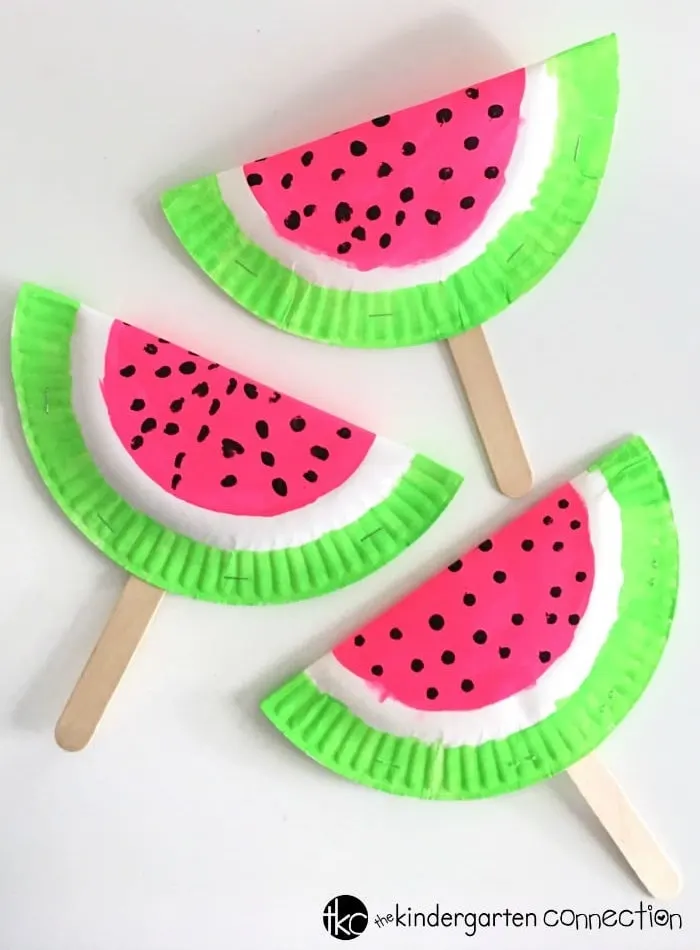
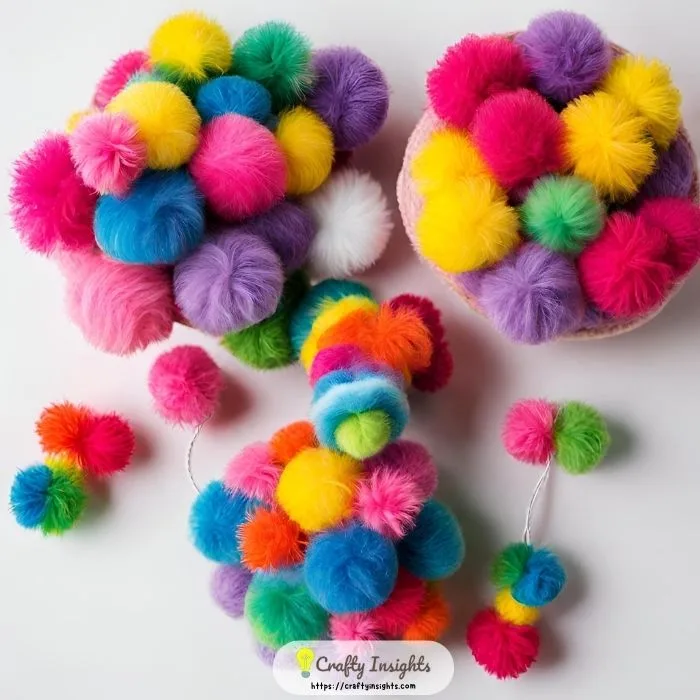
Leave a Reply